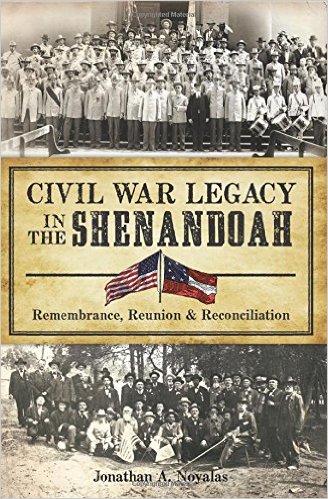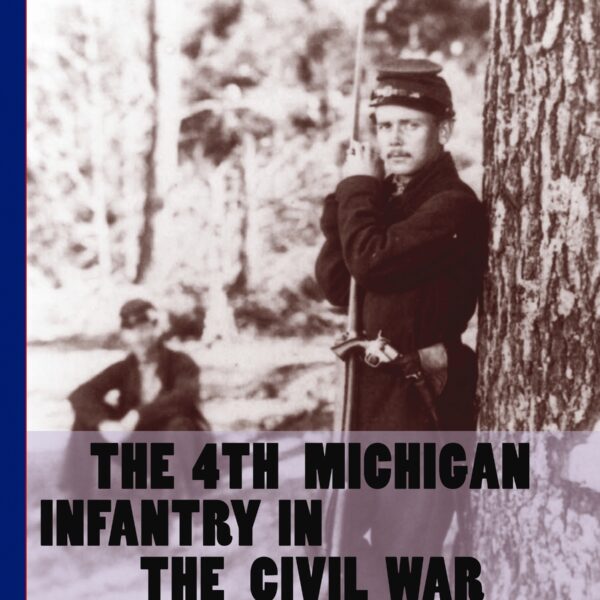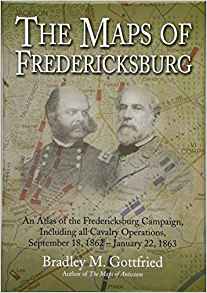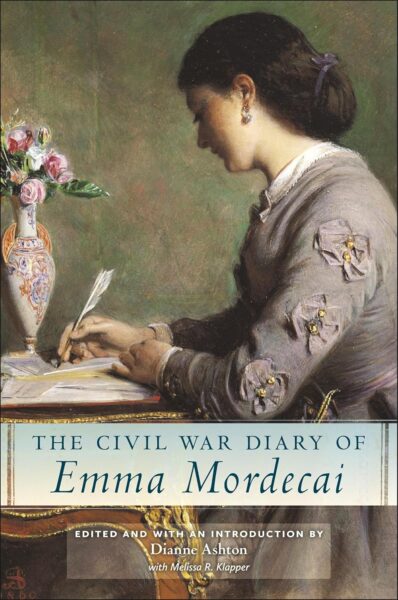Civil War Legacy in the Shenandoah: Remembrance, Reunion, and Reconciliation by Jonathan A. Noyalas. The History Press, 2015. Paper, ISBN: 978-1626198883. $21.99.
 Following the cessation of the Civil War’s hostilities, citizens both North and South sought to come to terms with the conflict and move forward. As northern states worked to reintegrate former Confederates into the fabric of the Union, could former foes not only forgive each other, but also honor and embrace each other? According to Jonathan A. Noyalas’ Civil War Legacy in the Shenandoah: Remembrance, Reunion, and Reconciliation, the answer is yes—and with surprising effectiveness. Using the records of the Sheridan’s Veterans Association (SVA), an organization formed to unite veterans and promote reconciliation, Noyalas tracks the attitudes of former Confederates toward Union veterans of the Shenandoah Valley campaigns. As these records show, both Union and Confederate veterans took purposeful steps toward reconciliation and consistently worked to move forward together while simultaneously honoring the past. Beginning with the excursions of the SVA in the 1880’s, Civil War Legacy in the Shenandoah analyzes reconciliatory efforts into the twentieth century.
Following the cessation of the Civil War’s hostilities, citizens both North and South sought to come to terms with the conflict and move forward. As northern states worked to reintegrate former Confederates into the fabric of the Union, could former foes not only forgive each other, but also honor and embrace each other? According to Jonathan A. Noyalas’ Civil War Legacy in the Shenandoah: Remembrance, Reunion, and Reconciliation, the answer is yes—and with surprising effectiveness. Using the records of the Sheridan’s Veterans Association (SVA), an organization formed to unite veterans and promote reconciliation, Noyalas tracks the attitudes of former Confederates toward Union veterans of the Shenandoah Valley campaigns. As these records show, both Union and Confederate veterans took purposeful steps toward reconciliation and consistently worked to move forward together while simultaneously honoring the past. Beginning with the excursions of the SVA in the 1880’s, Civil War Legacy in the Shenandoah analyzes reconciliatory efforts into the twentieth century.
The extent of conflict in the Shenandoah Valley and its role as a thoroughfare between the Union and Confederacy makes the region a particularly interesting place to study post-war reconciliation. Although badly damaged, the Valley rebounded quickly. Population recovery coincided with events like Robert E. Lee’s death and the country’s centennial celebration, priming inhabitants for reconciliation by the time the SVA organized trips in 1883 and 1885 (19). Very conscious of their ability to shape Civil War memory and lay the groundwork for healing, veterans positively shaped the postwar experience through carefully chosen words and actions. For example, the SVA avoided the perception of Union veterans as visiting conquerors with the specific use of the term “excursion,” which framed the events as vacations (44). Union veterans further deflected potential perception as returning conquerors through an emphasis on honoring their dead as the primary purpose of the visits. Deliberate steps such as these helped Confederate veterans to welcome Union veterans not as enemies, but rather as comrades of a shared experience (15).
Veterans recognized early on the barrier that the war’s causes posed to reconciliatory efforts. Focus on the primary purpose of honoring the dead and avoidance of discussions about the why the war started allowed veterans of both sides to work harmoniously together (55-56). Moreover, members of the SVA understood the importance of honoring the Confederate dead and set the precedent of visiting Confederate graves on their first excursion. Confederate veterans further fostered feelings of forgiveness and camaraderie amongst veterans by deflecting the blame for wartime destruction onto Union commander Philip Sheridan, rather than the soldiers who served under him. Although forgiving Sheridan proved difficult, the success of the initial visits of Union veterans allowed the Union commander to return to the Shenandoah, during which time he followed precedent and avoided the causes of the war—instead focusing on commemoration of the Confederate dead (82).
That the residents of the Valley could tolerate Sheridan in their midst indicates the success of the SVA’s excursions to the Shenandoah Valley in fostering reconciliation—something likewise indicated by the disdain reconciled former Confederates felt for unreconstructed rebels. While it may seem logical that those who formerly adhered to the Confederate cause would form a roadblock to reconciliatory efforts, Noyalas’s research finds the opposite; residents of the Valley criticized these “unreconstructed” individuals, noting that most often, those who opposed reunion with the North had not even fought in the war (76).
As America moved into the twentieth century, an increasingly complicated Civil War legacy developed. As Civil War veterans faded away, new generations became responsible for Confederate memory. Around the same time, America’s involvement in the Spanish American War fostered patriotism and served to strengthen a feeling of unity between the North and South— a process further cemented by the First World War. However, this simultaneously raised complications regarding Confederate heritage. Debates ensued as some southern soldiers objected to marching under the United States flag (108). The service of southern soldiers to the United States government also coincided with the increased display of the Confederate flag. Most often displayed alongside the United States flag, the coexistence of the Confederate flag with symbols of American patriotism illustrates continued, deliberate efforts to progress forward as Americans while preserving a place for the past (124). The proper use and display of Confederate symbols is indeed one issue that resonates in America today.
Noyalas skillfully makes use of previously untapped sources and provides important insights into the specific efforts made by veterans on both sides to encourage reconciliation and progress forward in the aftermath of the Civil War. The specific focus on the Shenandoah Valley affords a depth of detail, though the author nonetheless maintains a smooth and accessible narrative. In addition to the SVA records, Noyalas employs manuscripts and newspaper accounts to evidence the positivity with which former Confederates regarded reunion. Interspersed throughout the text, photographs of the SVA excursions, monuments, and individuals involved in reconciliatory activities maintain visual appeal and contribute to the narrative’s accessibility.
In the end, Civil War Legacy in the Shenandoah makes a convincing case for the success of reconciliation in the Shenandoah Valley, and readers may be surprised by the enthusiasm with which former Confederates embraced progress. There is little to suggest why the reconciliation in this particular region met with greater success than in other areas, especially given the intense nature of the Civil War in this region. Nonetheless, this book showcases important findings that challenge previous perceptions of the war’s aftermath; it demonstrates that veterans from both sides met together with surprising frequency and desired a smooth reunion. This book is an important read for anyone who wishes to understand the development of Civil War memory and the ways in which Americans still struggle to appropriately honor the past.
Kelly Mielke holds an M.A. in History from the College of Charleston.




